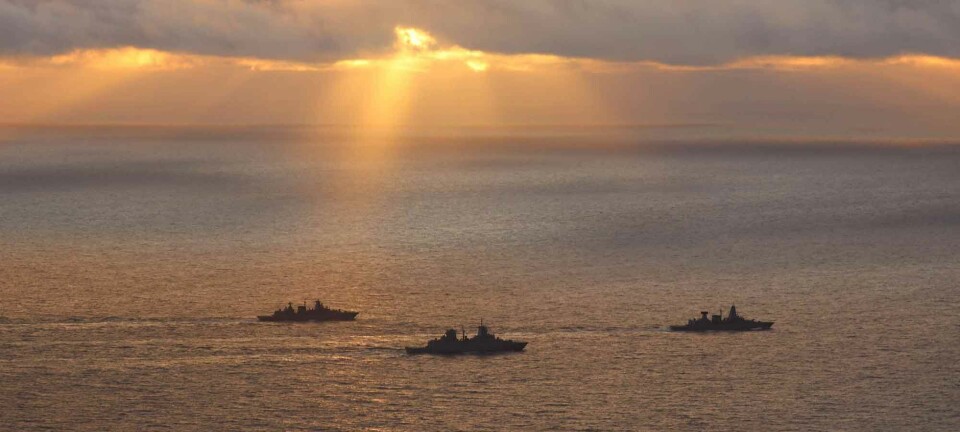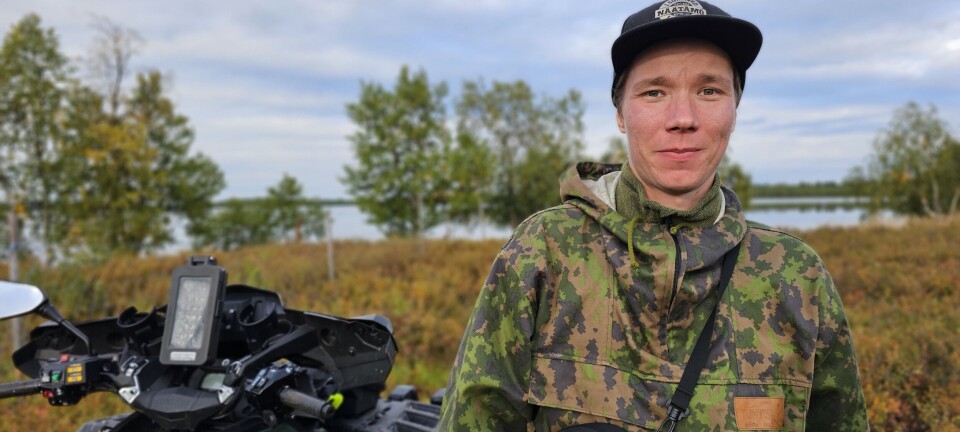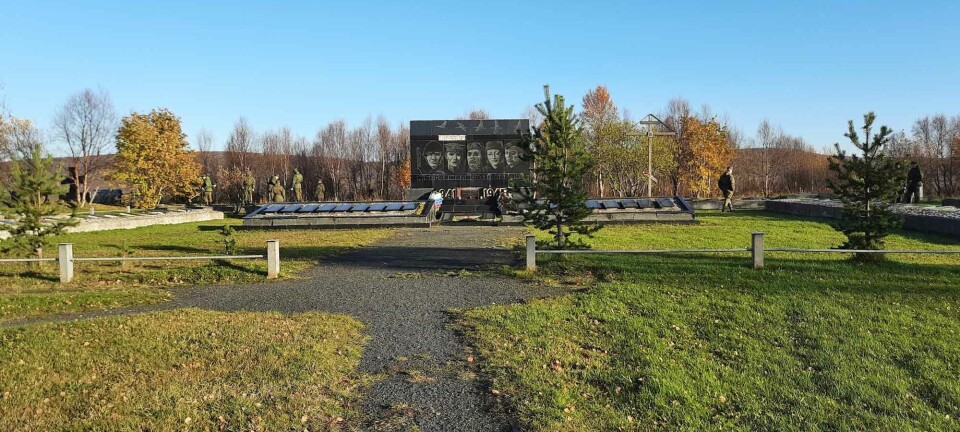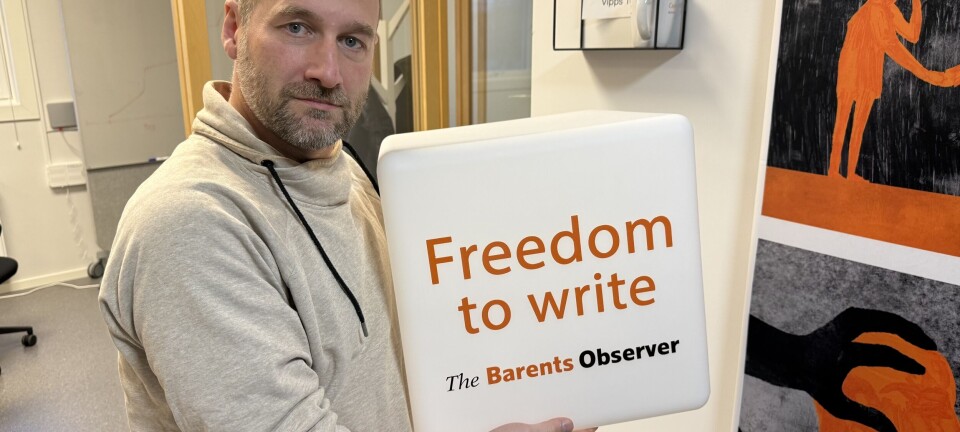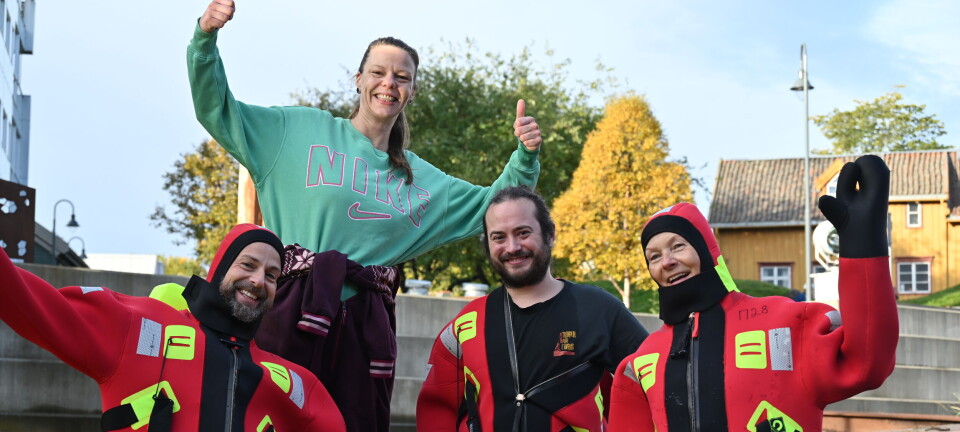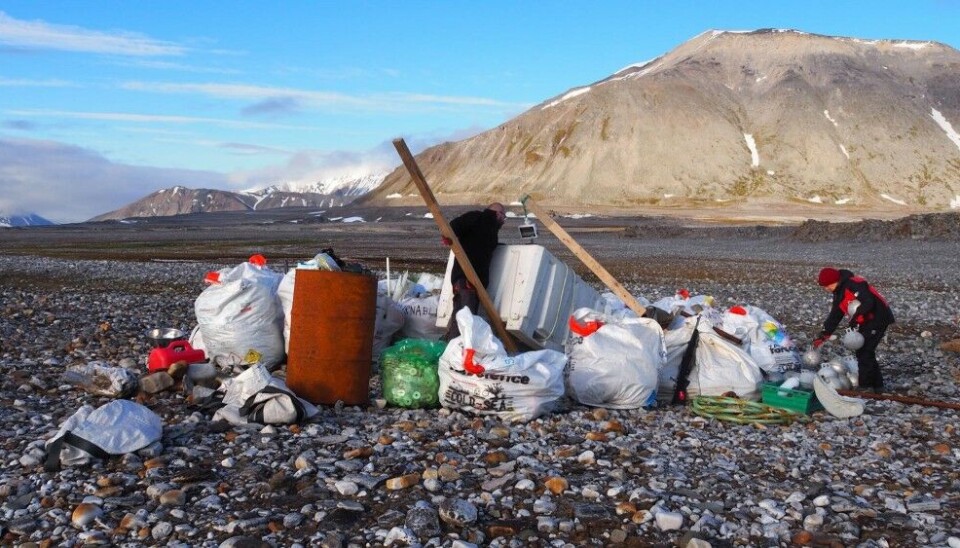
Researchers to shed light on pollution in the Arctic Ocean
Researchers will analyse heavy metals, ocean waste and microplastics to see how they affect human health and Arctic ecosystems. Then they will figure out together with the locals how to reduce the harmful consequences.
It is known that climate change and pollution, such as plastics, ship emissions and wastewater, present substantial threats to human health and the ecosystems in the Arctic region.
Over the next three years, Oulu university led research project ICEBERG, will study ocean and coastal pollution and its impacts on the ecosystems and local communities. Oulu university is located in northern Finland.
The multidisciplinary project brings together researchers from 16 partner organisations and different fields such as toxicology, social science, biogeochemistry and environmental science.
The goals are to collaboratively develop resilience strategies to tackle pollution and climate change through community engagement, and to create policy recommendations for better pollution-control.
Three locations
Field research will take place in three Arctic locations: western Svalbard, northern Iceland and southern Greenland.
The locations were selected because they are experiencing harmful effects of climate change and pollution.
The places share similarities in terms of the smallness of their communities and the importance of livelihoods such as fisheries and tourism. Additionally they have experienced a surge in Arctic tourism in recent years and are popular cruise ship destinations, impacting the environment.
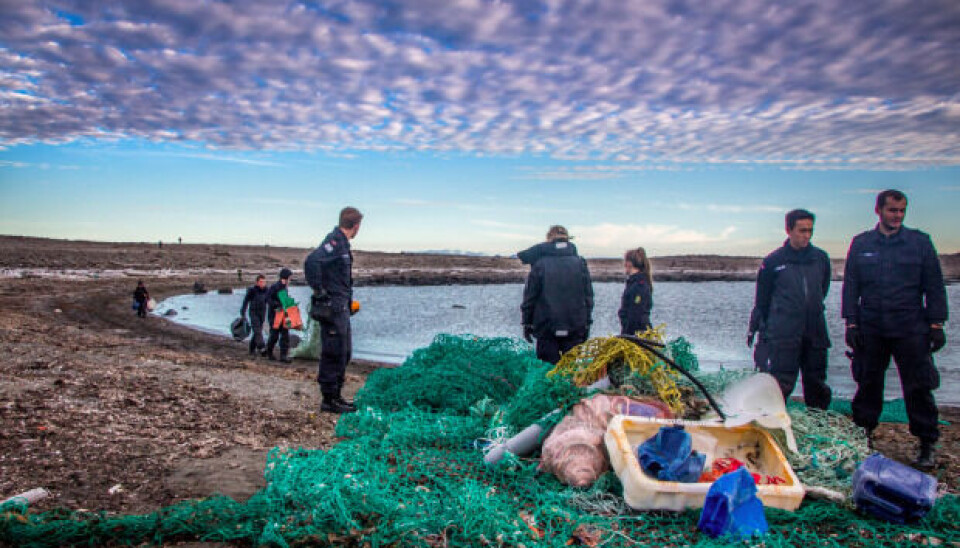
Field work in Svalbard
In Svalbard, field research started earlier in June and will last until October.
The case study sites are: Ny-Ålesund in Northern Spitsbergen, around the capital Longyearbyen, in Sørkappland in Southern Spitsbergen, and in the Fram Strait, the passage between Greenland and Svalbard.
Researchers will collect data to analyse different pollutants such as stranded marine litter, microplastics, chemicals and heavy metals on land and in the ocean.
From June to August, marine litter will be collected off the shore of Sørkappland, which is located in South Spitsbergen National Park. Stranded ocean waste is very common and the most obvious type of pollution to be spotted in the Arctic. The seriousness of the problem in the area is highlighted by the fact that the study location lies remotely, in an uninhabited and legally protected area.
“Sørkappland is the first potential accumulation zone for marine litter brought by ocean currents from lower latitudes and nearby fishing grounds,“ says co-leader of ICEBERG’s natural sciences work package Barbara Jóźwiak from the Polish forScience Foundation.
The researchers will also investigate heavy metal contamination in soil and freshwater samples collected in Sørkappland and around Svalbard’s capital Longyearbyen. The aim is to see how human activities affect the concentration levels of metals harmful to the ecosystem.
Field research is also to be conducted in the Fram Strait, passage between Greenland and Svalbard. Here a German research team from GEOMAR will collect samples of micro- and nanoplastic particles. The aim is to find out if the microbiome that lives on the plastic carries genes for antibiotic resistance.
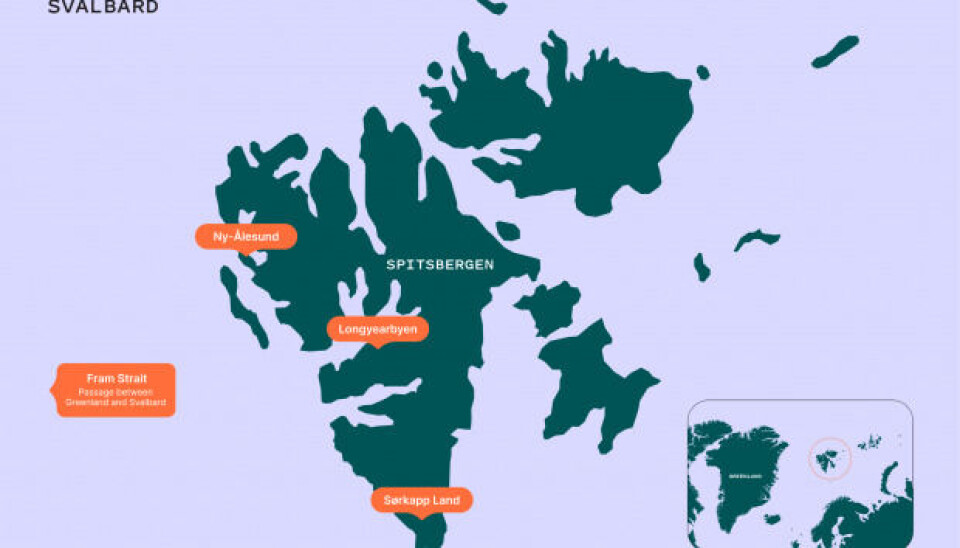
“The amount of microplastic in our oceans is increasing, and these particles can travel long distances. Studying their associated microbiome and antibiotic resistome will allow us to gain a deeper understanding of how microplastic pollution can affect the fragile ecosystems in the Arctic,” explains Benjamin Pontiller, PhD, GEOMAR.
In the world’s northernmost research station in Ny-Ålesund, an Italian research team from ISP-CNR has set up their operations. Their goal is to study frozen pollutants such as organic chemicals and micro plastics that are being released as the ice melts in the Arctic.
“We are analysing the types and quantity of pollutants that are susceptible to release by cryosphere thawing and try to understand where they come from. Many of these chemicals and microplastics can have serious impacts on the health of humans and animals,” says Dr. Tommaso Tesi from ISP-CNR.
Collaboration is key
The field work in Iceland (Akureyri and Húsavik) and Greenland (Narsaq and Qaqortoq) will start in August and focus on citizen participation and engagement with Indigenous and local communities.
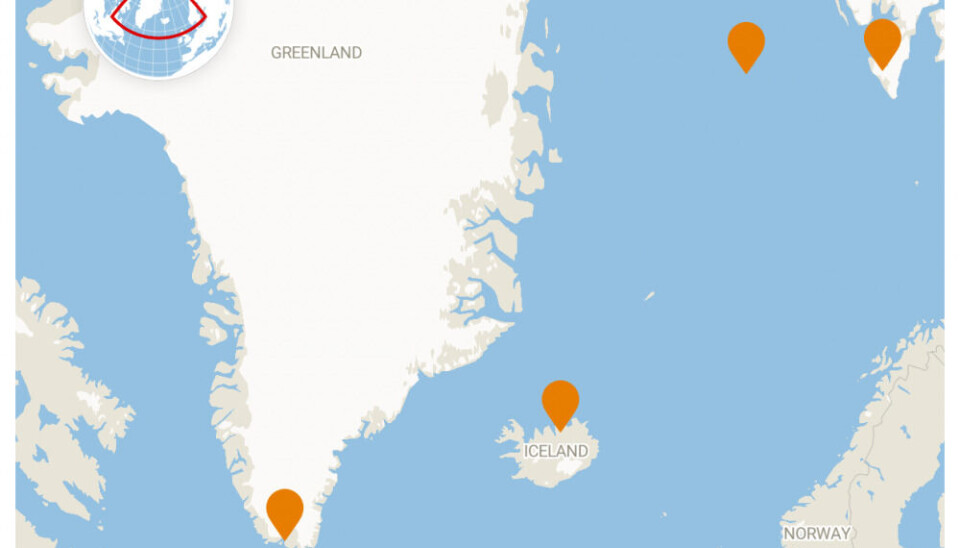
“Together we will build a better understanding of the local impacts of pollution and co-create new solutions for its monitoring, and co-develop strategies for mitigation and adaptation…For us, this inclusive approach is very important and ensures that the project is really tailored to address local needs and concerns”, says Professor Thora Herrmann, the Project Scientific Coordinator of ICEBERG.
Both schools and interested citizens will collaborate in tracking pollution with drones. As part of the project, a mapping platform for citizens to register their observations will be launched.
The ICEBERG project is funded by the European Union’s Horizon Europe programme and will continue until the end of 2026.

